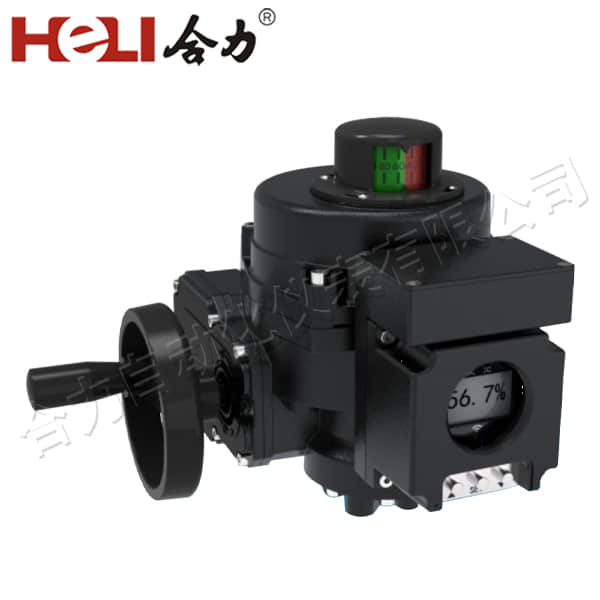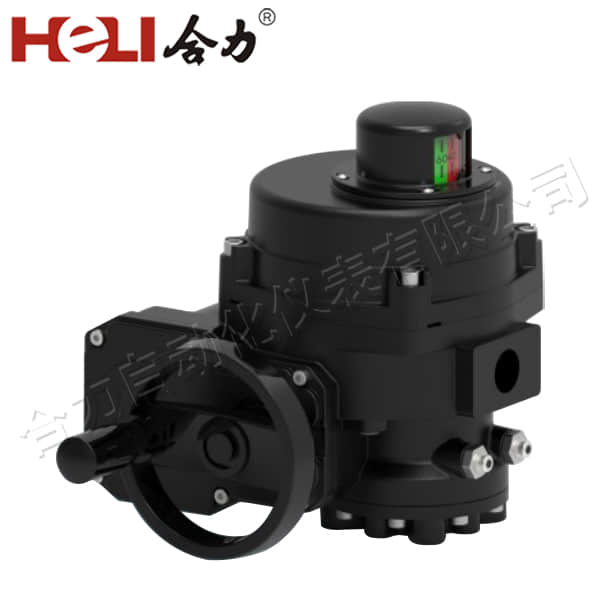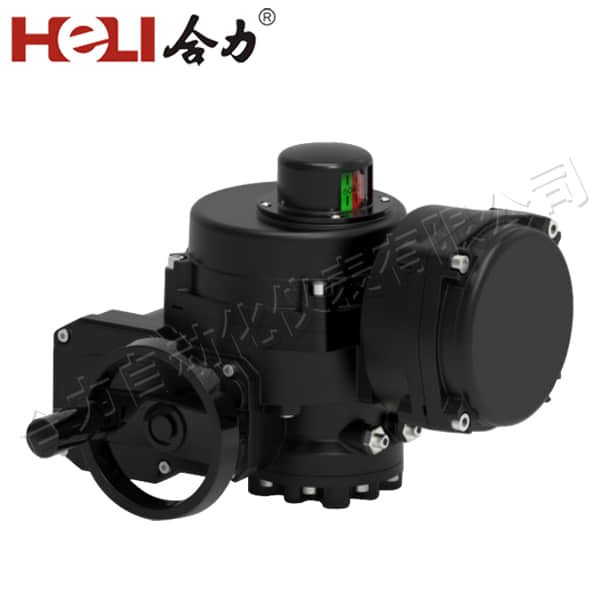understanding electric actuator valve: applications, benefits, and working principles
Release time:2024-12-05 06:55:01
Electric actuator valves are essential components in various industrial systems, enabling the automation of fluid control processes. These valves are integrated with electric actuators, which allow precise and reliable operation in environments that demand high efficiency and minimal manual intervention. This article delves into the working principles, advantages, applications, and considerations surrounding electric actuator valves.

Working Principles of Electric Actuator Valves

Electric actuator valves consist of two primary components: the valve and the electric actuator. The valve controls the flow of fluid (liquid or gas) through pipelines, while the electric actuator provides the mechanical movement required to open or close the valve. The electric actuator is powered by electricity and operates by converting electrical energy into mechanical motion, typically via a motor that turns a gearbox. This motion is then transmitted to the valve mechanism, such as a ball, butterfly, or globe valve, enabling it to change the flow path of the fluid.



